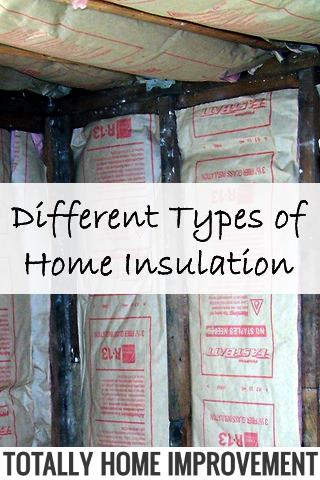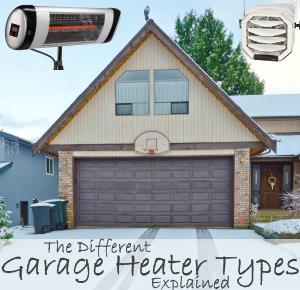
You would have to have been living under a rock for the last few years not to know that good home insulation can save on your energy bills, but what are the different types of insulation best suited for your home?
The main things you want to consider when deciding which type of insulation to use are:
-
Insulation effectiveness - this is usually expressed as an R-value.
-
Ease of installation - can you do it yourself or will you need a professional?
-
Cost
Batts & Blankets
These are ideal when you have easy access to the wall cavities or ceilings you need to install them in - this will usually be the case during building or a renovation.
The difference between batts and blankets is simply that the blankets come in a continuous roll instead of individual pieces as batts do,
Fiberglass
Fiberglass Batts and Blankets are probably the most commonly used form of insulation in the developed world due to their low cost and ease of installation - although they can cause you to get itchy while installing.
Fiberglass is water resistant so it won't cause any mold problems.
You can use them in walls and ceilings and just about anywhere you need to insulate. They are fire resistant, however they can cause fires if installed over the top of halogen down-lights or bathroom heater/exhaust fans in the ceiling, and can also cause fires as a result of wiring being damaged during the installation process - this is a strong reason to hire a professional for ceiling work.
The typical R-value for most brands is between 3.0 to 3.5 per inch and prices start at $0.55 per square foot.
Rockwool
These are made from spun fibers of heated rock or minerals and they don't tend to irritate your skin - that's a big plus when installing.
Installation is fairly similar to fiberglass batts and blankets, except that they must be kept moisture free otherwise mold can develop. They're a bit more fire resistant than fiberglass being able to withstand temperatures up to 60% greater.
The typical R-value for most brands is between 4.0 to 5.0 per inch and prices start at $0.75 per square foot.
Loose Fill Insulation
These are ideal when you do not have easy access to the wall cavities or ceilings you need to install them in - this will often be the case when you need to insulate something like a double brick cavity wall or in parts of your ceiling which are difficult to get into. Note that this option is not suitable for solid walls.
The R-value is usually different for ceilings and walls - there is a good chart at showing the differences at Great Day Improvements.
Cellulose
This is made from recycled paper (mostly newspaper) with small amounts of minerals such as borate or ammonium sulfate added for fire and insect resistance,
When installed properly it has an R-value which is higher than that of the batts listed above and is usually the cheapest option as well..
Rockwool & Fiberglass
Both of these insulators are available in a loose form. They will typically have a higher R-value than their batt counterparts in wall cavities, but a slightly lower value when blown into ceilings and attics.
There are other insulators made from materials like wool, cotton, various types of plastics and more, but these are less common. If you're interested in finding out about other materials there is a long list at Energy.gov.
You might also like to read:
• 5 Practical Ways to Save on your Energy Bills
Category:




